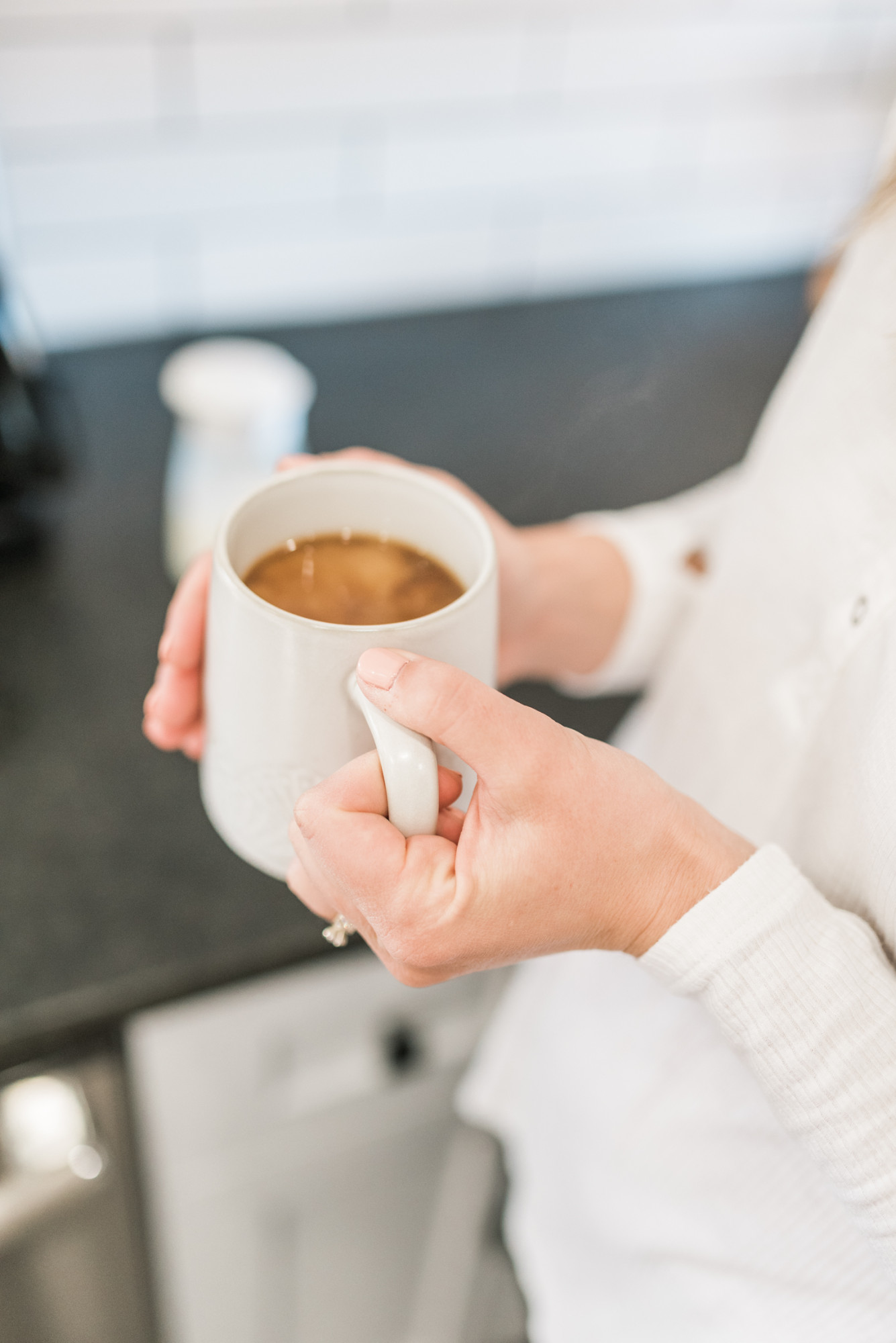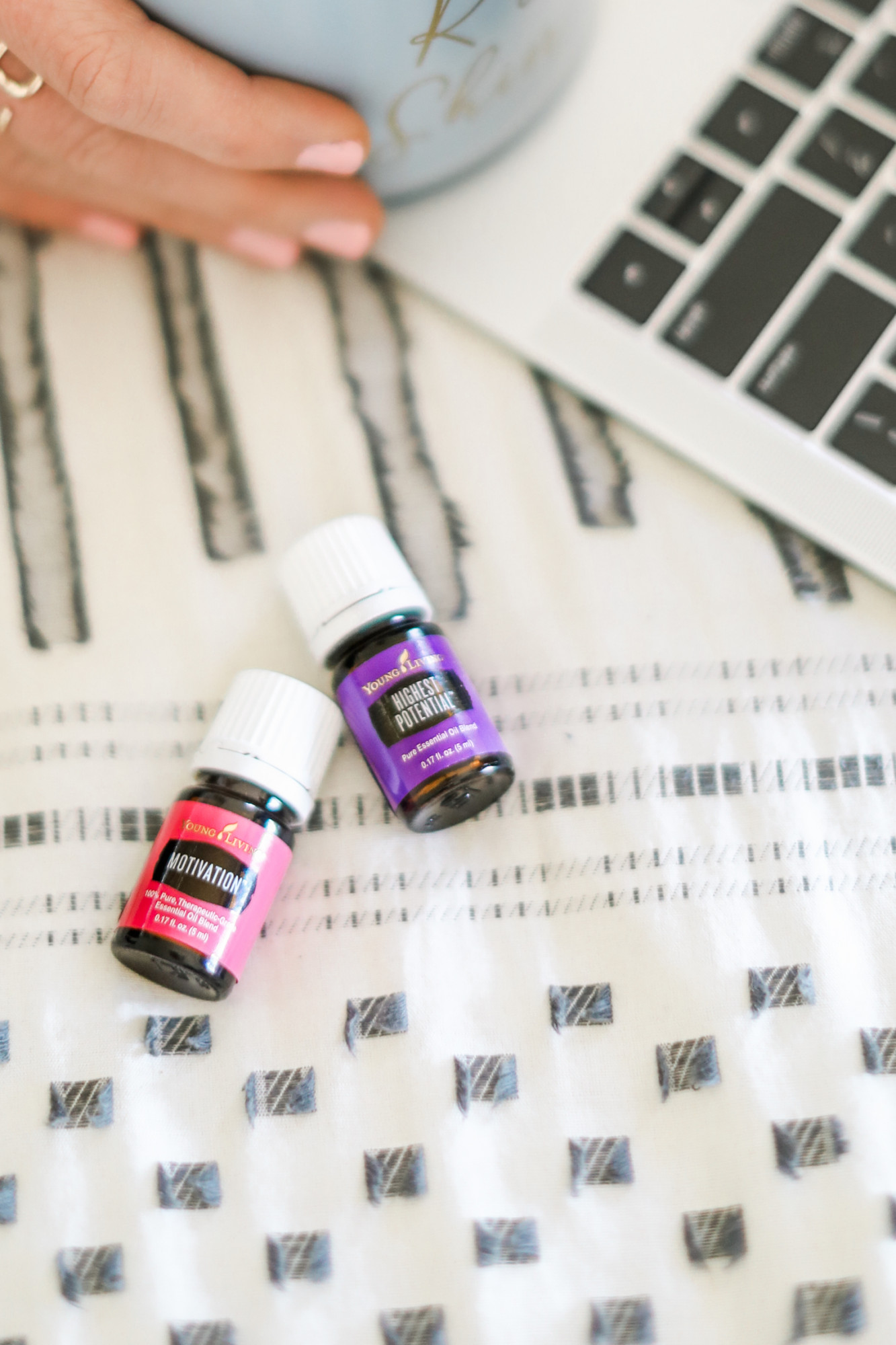What are Essential Oils?
Chances are, this isn't the first time you've heard of essential oils.
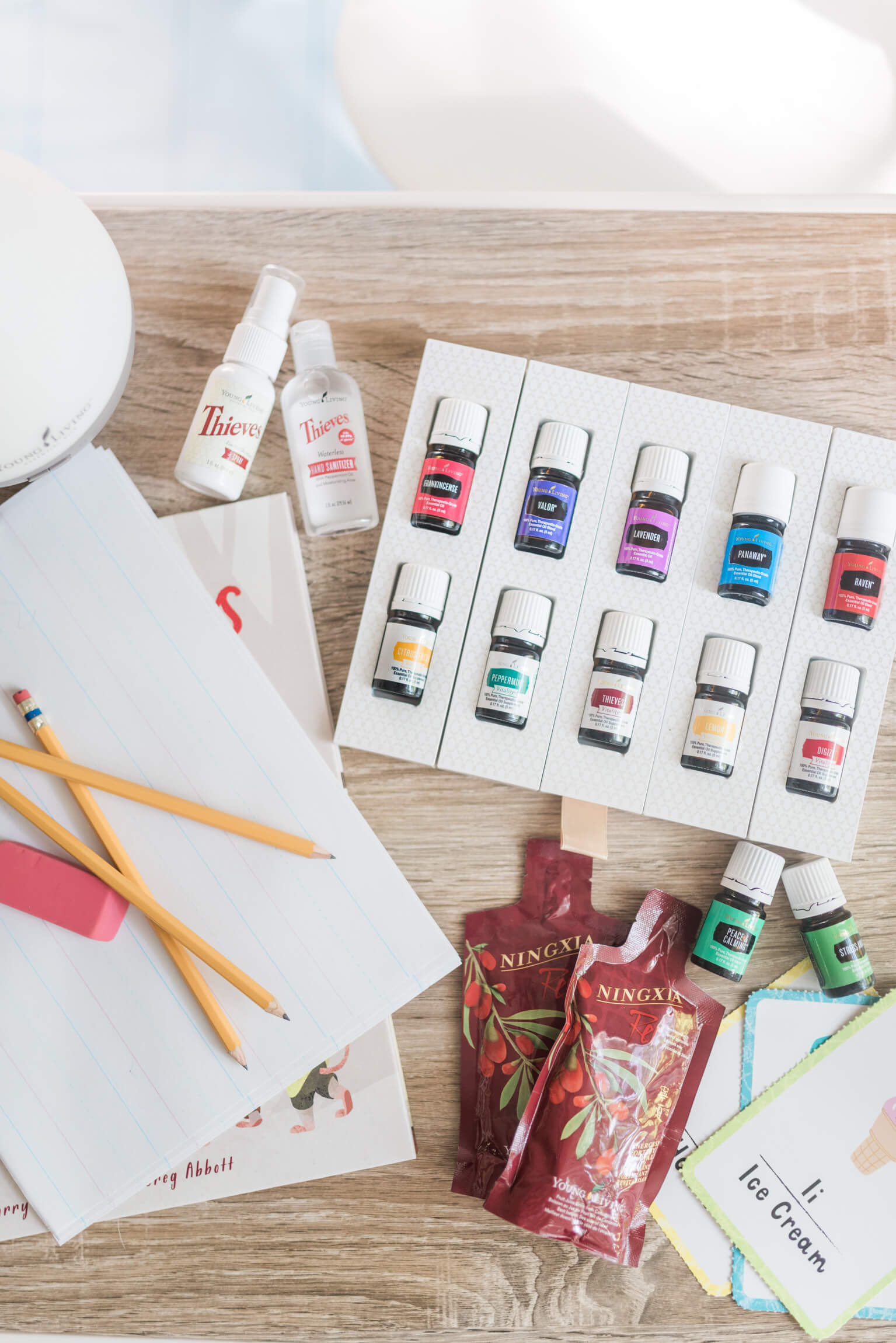 I'm going to guess you've heard at least one friend mention them. Maybe you've seen them on social media, or possibly even one of those random end-caps at a local Target. Sometimes it can seem like they're all over the place! But...what exactly are they?
I'm going to guess you've heard at least one friend mention them. Maybe you've seen them on social media, or possibly even one of those random end-caps at a local Target. Sometimes it can seem like they're all over the place! But...what exactly are they?Essential oils are just what they sound like - oils!
In purely practical terms, essential oils are concentrated compounds extracted from aromatic plants to capture that plant’s scent, flavor and natural benefits. You’ll find these highly potent compounds in a plant’s seeds, flowers, bark, roots, leaves, stems, rinds, fruit and resin. As an example, in citrus fruits, essential oils are found inside the peel.
In less technical terms, essential oils are the essential. oil. of a plant - their lifeblood. Think about the engine oil in your car - does your car run without it? Maybe, but not for very long, and if you do that, you're going to pay a hefty consequence at the end, right? Plants are the same way. When they are properly cared for - grown in the right conditions, harvested at the peak time, and distilled with the ultimate care and consideration (learn all about Young Living's Seed to Seal process here), they can do the same thing for our bodies that they do for the plants - aid in keeping us healthy, well, and happy, exactly how our bodies were intended to be. Essential oils are composed of teeny, tiny molecules. These are so small that they can pass through our tissues and directly into our cells!! Our body's systems are incredibly effective, and can transport these little molecules of goodness all over our bodies in a matter of minutes.
Just because you see them everywhere, they are not all created equal!
Not all oils are safe to use in the ways that Young Living's essential oils are. Those oils you see at the boutique downtown, or the health food store/co-op, and especially at the grocery store, or in those smiley boxes that show up on your doorstep overnight express - they cannot be ingested the way that Young Living oils can.
Young Living is the only company that owns their own farms, and grows their own plants from start to finish.
Not sure if that matters? I'll tell you more about it later, but just think about the difference between the tomatoes that you get in the grocery store, compared to the fresh ones you grow in your backyard. They're both tomatoes, but one of them you get to care for, tend to, amend the soil, and pick at the ripest point, and then enjoy. The other grows in large quantity, without individual attention, gets picked prematurely, then shipped across the country to grocery stores.
There are three methods that you can choose from to use your essential oils
Stumped on how to apply your essential oils? How you apply an oil depends on what benefit you want to get out of it. Different oils offer different benefits, depending on how and where you apply them. So, before using any new essential oil, be sure to check that oil’s uses and benefits and read any labels and instructions that come with it. If you have questions or concerns, check with your healthcare provider.
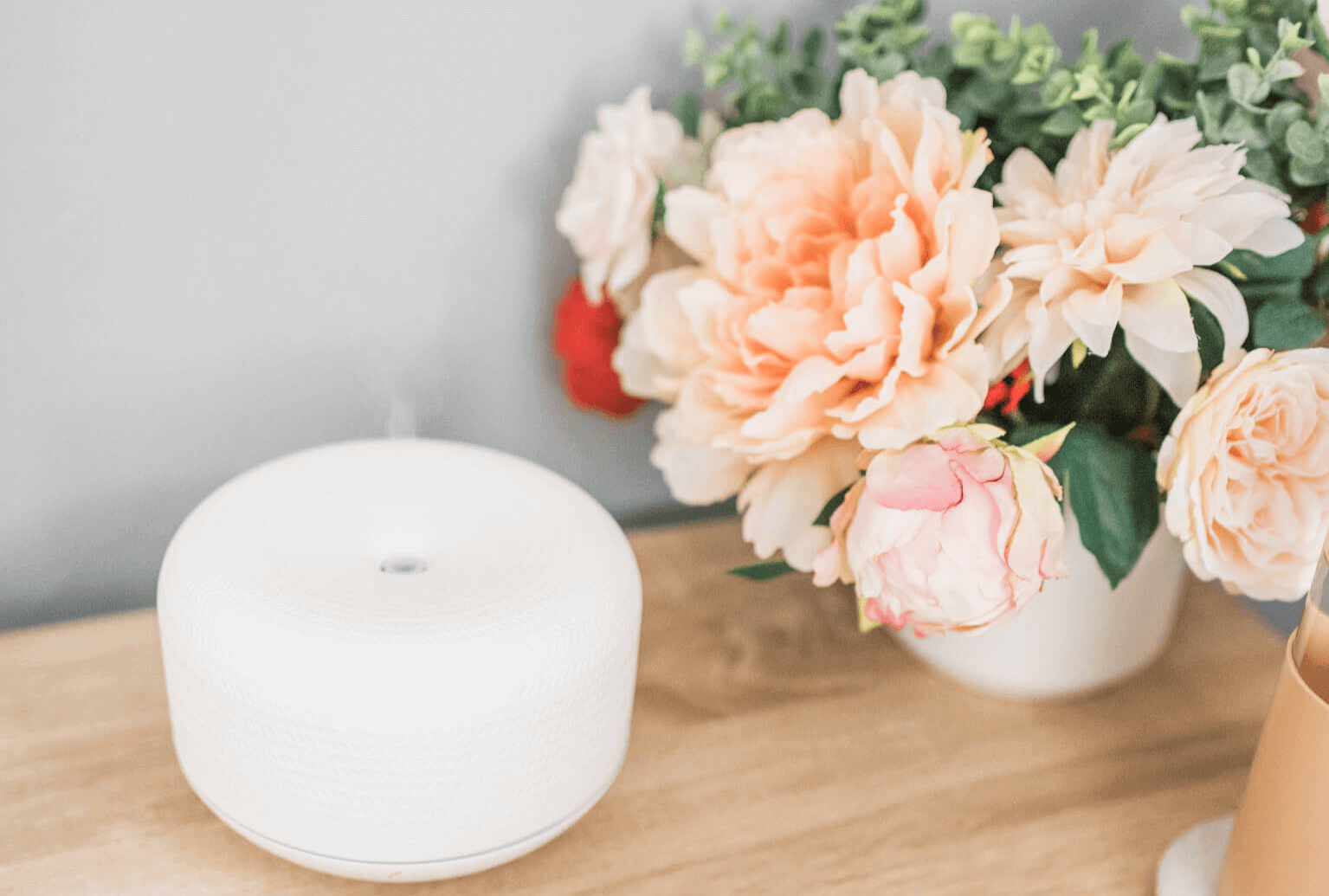 Using Essential Oils Aromatically
Using Essential Oils AromaticallyLet’s start with the hallmark way to use essential oils: aromatically. All essential oils feature a signature aroma you can smell and inhale for various effects. One oil’s crisp scent can invigorate you when you need a midday pick-me-up. Another’s soothing aroma can help you unwind after a tough day. You can use essential oils aromatically by simply opening the bottle and inhaling its aroma. They can also be applied topically as a personal fragrance, but always dilute them with a carrier oil, which is a plant-derived oil like coconut or almond oil. Dilute a few drops of essential oil with your carrier oil and then rub it into your palms and inhale or dab some behind your ear or on your neck. You can also use a diffuser to disperse the essential oil into the air.
Using Essential Oils Topically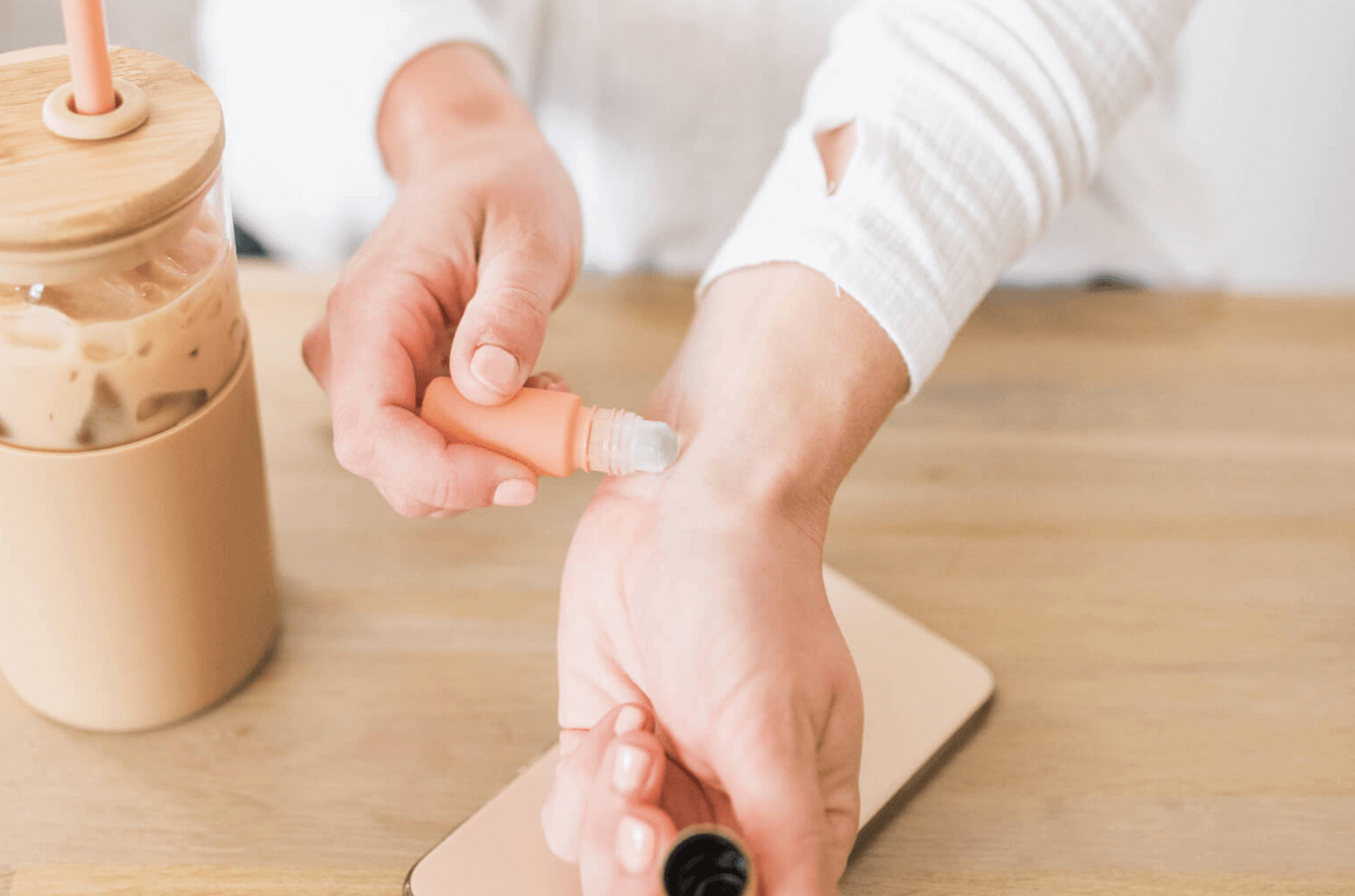

Another favourite way to apply essential oils is topically, where you allow the oil to absorb into your skin. As mentioned before, always dilute oils with a carrier oil before you apply them topically. Topical oils can become part of a massage or added to your preferred lotion, moisturizer or other personal care product. Some oils, particularly those from the citrus family, can cause photosensitivity. A carrier oil is a plant-derived oil like coconut and almond oil that can be used to dilute an essential oil’s concentration.
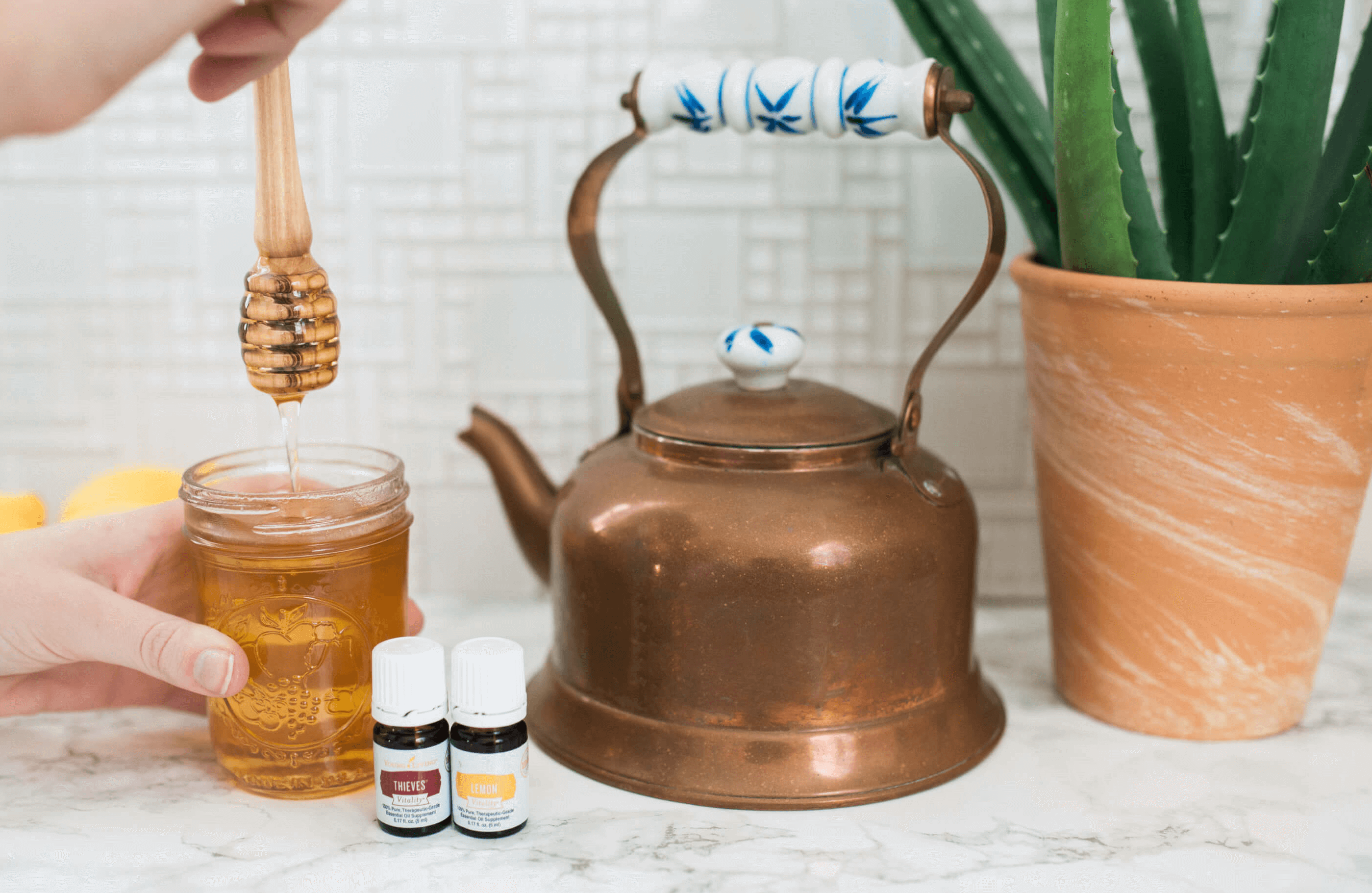 Using Essential Oils Internally
Using Essential Oils InternallyIf you think an oil smells terrific, wait until you taste it! You can season your favourite dish or flavor a drink with certain grades of essential oils. Ingesting oils lets you savor all their savory, herbaceous, spicy, fruity potential. The simplest ways to take essential oils internally is to add them to a glass of water, take them in a capsule or use them as seasoning. Start off with a small amount. A little goes a long way, and even a single drop might overpower your recipe. One recommendation is to dip a toothpick in the oil and stir that little bit in as a starting point. Of course, before you use any oils internally, make sure the oil is safe to ingest. Unless it specifically says on the label that it’s safe for ingestion, assume it’s safe for external use only.
Filler text. Please replace with your own text.
What's so special about Young Living?
Okay friends, listen up.
My life has changed in so many incredible ways since I was first introduced to Young Living in 2010, so let me break it down for you! The vast majority of essential oils on the market today are only suitable for cosmetics and perfumes (and even then, with what I have learned about labeling requirements, I highly recommend avoiding those, too, until you've researched where they're sourced). The reason Young Living's oils are so different is their unmatched commitment to producing a pure, unadulterated oil. Young Living's devotion to their Seed to Seal process means that they've invested in their own farms, they care for and nurture their own plans, trees, and shrubs, and finally they distill, test, and bottle the oils that arrive on your doorstep.
I've seen this firsthand, during several visits to the Mt. Nebo Botanical Farm in Mona, UT. Young Living's farms are open to the public, so anyone can visit! I cannot recommend it enough - it will absolutely blow your mind!
If at any point in the production process, something doesn't meet their standards, they get rid of it and start again. Because of this, our favorite oils sometimes go out of stock. As much of a disappointment as this is, I am forever grateful for a company that refuses to release subpar products to meet a timeline.
No other essential oil company owns its own farms or distilleries. None.
Here's an example:
Cypress Essential Oil - which has 280 known chemical constituents.
- If it is distilled for 20hrs, you only get 20 properties
- If it is distilled for 26hrs, you get none of the properties
- Most market Cypress is distilled for 3.5hrs
- The correct length of time for distilling Cypress is 24hrs, to get the full 280 properties
If you want Cypress to do the job it is intended to do, you must get all 280 constituents...no more, no less. Most of us don't realize that essential oils have chemical properties in them, and in order to get the full benefit out of that particular oil, it has to be grown, harvested, and distilled the correct way - otherwise the oil contains no benefits to us.
Filler text. Please replace with your own text.
Sourcing | Science | Standards
Young Living's commitment to quality and safety is their Seed to Seal® process, and every step, from planting to bottling, is detailed and controlled.
But Young Living is more expensive, right? You're right, it often is - and the phrase "you get what you pay for" has never been more accurate. Young Living is more expensive than the brands that you find at Whole Foods, on Amazon, or any of your favorite retailers. Most of these are cheap imitations, purchased wholesale in massive quantities, then diluted with synthetic additives and rebottled, before being sold to you.
That's not good for you or your family. We want the best for our families, and we don't want to 'save' money in the short-term, only to spend more long-term because we used something that didn't do what we bought it to do, or even worse - it was harmful to us. When people are looking for essential oils, most often it is because they are looking to limit or eliminate the toxins and harsh chemicals in their homes...but if those same things are in the cheap essential oils, then they're actually working against you, instead of helping you reach your goal of a cleaner, safer home.
Some of the other companies may claim their oils are organic. Unfortunately, the term "organic" is not regulated by the FDA, in regard to essential oils. They do not certify or grade essential oils, so any oil you see making those claims is merely using the word to make us feel better. They did not have to do anything to earn it. That's why Young Living's Seed to Seal® Guarantee is such a big deal.
use code "ShareYL" to save 10%
Statements regarding Essential Oils have not been evaluated by the Food and Drug Administration. Products mentioned on this site are not intended to diagnose, treat, cure or prevent any disease. If you are pregnant, nursing, taking medication, or have a medical condition, consult your health care provider before using these products.
Live a Life You Love

